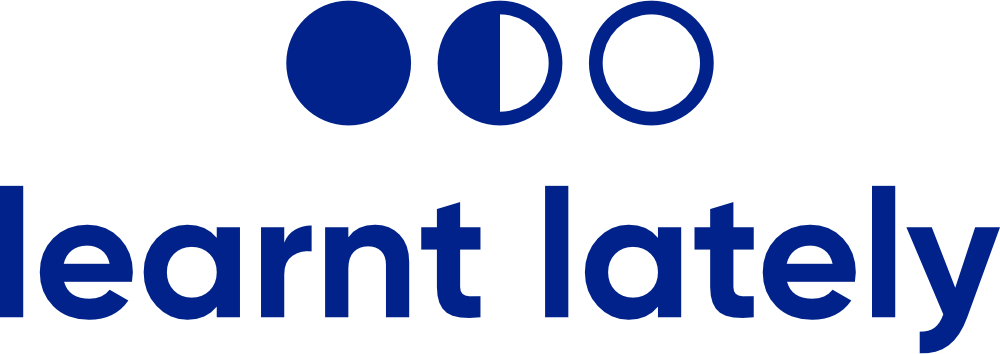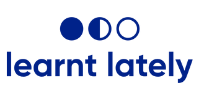How elearning supports Return to Work
As Australia gets closer to its vaccine targets, it seems the time to rejoin our colleagues in an actual physical workplace isn’t too far away. And, you know what, some people are looking forward to it! It’s been nearly two years of working from home and there’s a general feeling that we’re ready to reconnect face-to-face.
Planning the best way for teams to return to work, on this scale, is uncharted territory for most leadership teams. There are many aspects that need consideration, ranging from how to meet post-COVID workplace safety legislation through to maintaining flexible working arrangements. Thorough planning, management and ongoing communication are going to be critical to a successful transition back to the workplace.
In this article we take a brief look at some of the areas of focus and how elearning can support businesses to transition effectively.
Workspaces and facilities
Due to COVID, our workspaces look a little different, and how we operate in them has changed.
Think about:
Social distancing between all people in your workplace - employees, visitors and customers.
Managing meeting spaces, common rooms and hot desks.
Elearning can help with:
Update your elearning inductions and compliance with your new policies on safe distancing.
Use short digital explainers on foyer display screens, or distribute via email, to alert site visitors or customers to your new policies.
Create micro learning for employees on how common areas can be used safely.
Health and safety
The requirements under Australian Health and Safety legislation means that employers, or PCBUs, must provide employees, contractors, volunteers and those visiting the workplace with a safe work environment.
Think about:
Monitor and maintain proper social distancing guidelines.
Stringent cleaning routines for desks, common areas, meeting rooms, bathrooms and kitchens.
Ensure your people are provided with personal protective equipment (PPE) and sanitisers for personal use.
Have a risk management process and communication plan in place should there be a spike or COVID instance in your workplace.
Elearning can help with:
Ensure that your workplace compliance training is updated with your social distancing policy and practical instructions.
Create motivating and engaging elearning to explain daily cleaning procedures that everyone must undertake.
Update your compliance training and inductions to cover this important information.
Use elearning to effectively train relevant staff in COVID risk management or response plans.
A new operating rhythm
Some staff will be required to return to the workplace while others may continue to work from home. It’s important that your organisation is clear on the rules surrounding this and communicates the reasons why individuals might have different arrangements .
Think about:
Communication plans on flexible work arrangements.
Reviewing expectations around productivity as a result of frequent cleaning of workspaces, hand-washing breaks and other safety protocols.
Elearning can help with:
Create micro modules contextualising flexible workplace policies to help employees get clear on the expectations.
Deploy short explainer videos to help staff get on with their job amidst the new routines.
Mental health and well-being
Changes to routine, potential exposure to high numbers of people or stress factors from home can all contribute to anxiety at work or mental health issues.
Think about:
Employee well-being as everyone adjusts to change.
Elearning can help with:
Build or source modules on topics like dealing with change, work-life balance and resilience to provide meaningful support to combat mental health issues.
Use platforms and learning schedules that support an ongoing dialogue on these topics.
With the volume of changes and the criticality of messaging that is upon us, elearning has never been more useful and relevant than now. Cost effective to create, simple to use and easy to deploy, you can package your compliance, policies and well-being content into engaging modules that can be undertaken anywhere, on any device. Use elearning to keep pace with your post-COVID return to work planning.
Do you have an elearning project you want help with?
We specialise in developing custom elearning courses. Our mission is to build better elearning that drives better business so you can develop skills and knowledge where you need it most.
Sounds good? Get in touch via 1300 086 692 or send us an email.





